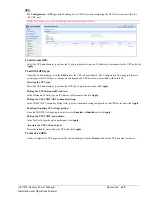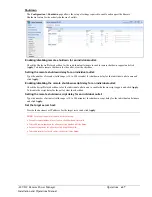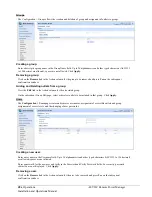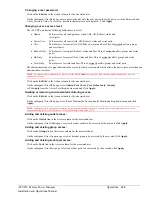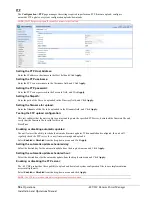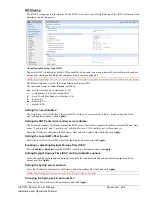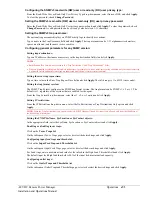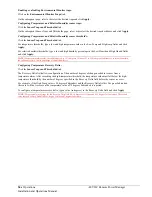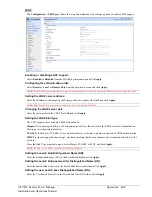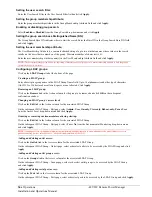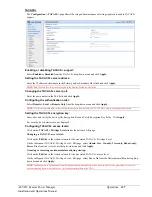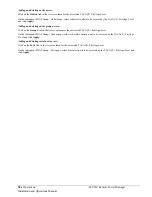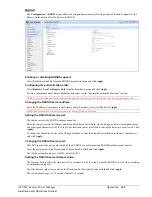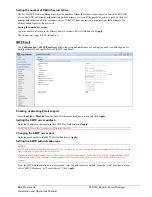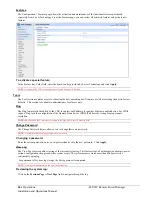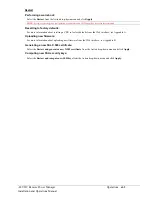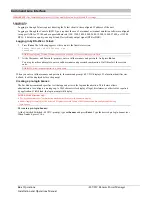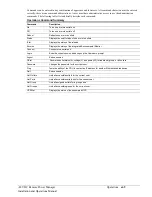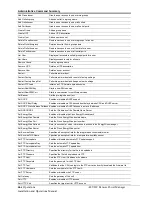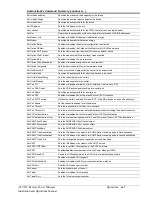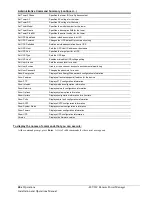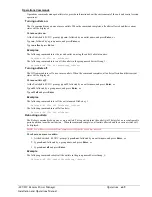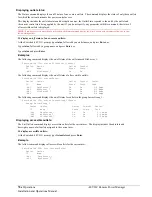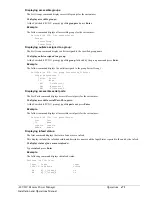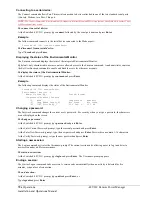
-48 VDC Remote Power Manager
Operations
59
Installation and Operations Manual
RADIUS
The
Configuration > RADIUS
page allows the setup and maintenance of settings required to enable support for the
Remote Authentication Dial-In Service (RADIUS).
Enabling or disabling RADIUS support:
Select Enabled or Disabled from the RADIUS drop-down menu and click
Apply.
Configuring the authentication order:
Select
Remote > Local
or
Remote Only
from the drop-down menu and click
Apply.
For more information about remote authentication order, see the “Setting the authentication order” section.
NOTE:
It is recommended
not
to set the authentication order to Remote Only until the RADIUS has been fully configured and tested.
Changing the RADIUS server address:
Enter the IP address or hostname in the Primary and/or Secondary Server field and click
Apply.
NOTE:
Both IPv4 and IPv6 formats are accepted in the Primary/Secondary Host fields.
Setting the RADIUS shared secret:
The shared secret is the RADIUS authentication key.
Enter the shared secret in the Primary and Secondary Shared Secret field. Up to 48 upper and lowercase alphanumeric
and other typed characters (ASCII 33 to 126 decimal) and spaces are allowed; control characters are not allowed. Click
Apply.
To change the shared secret, check the Change checkbox to clear the Shared Secret field, enter the new shared secret,
and click
Apply.
Changing the RADIUS server port:
This field specifies the port number used by the RADIUS server for incoming RADIUS authentication requests.
Enter the port number in the Primary and/or Secondary Port field and click
Apply.
The valid port number range is 1-65535; default is 1812.
Setting the RADIUS server timeout value:
The Timeout field specifies the time interval (in seconds) to wait for a reply from the RADIUS server before resending
an authentication request.
Type the timeout value (in seconds) in the Primary and/or Secondary Timeout field and click
Apply.
The valid timeout range is 1-30 seconds; default is 5 seconds.

